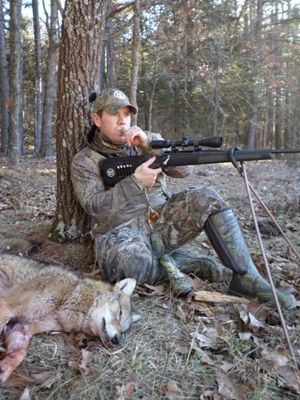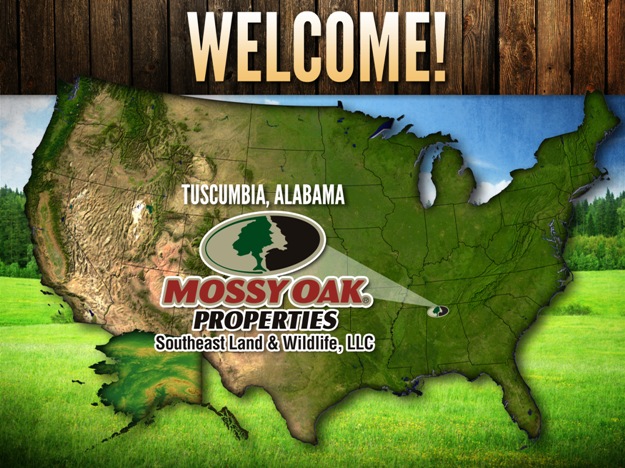Heath Wood | Mossy Oak and Hunter's Specialties ProStaff
 For several years, all I ever used to call in coyotes were distress sounds such as rabbit or rodent in distress - anything that sounded like a meal for a coyote. I didn't realize what I was missing out on, until I began using actual coyote vocals. Recently, I have learned when and why to use coyote vocals.
For several years, all I ever used to call in coyotes were distress sounds such as rabbit or rodent in distress - anything that sounded like a meal for a coyote. I didn't realize what I was missing out on, until I began using actual coyote vocals. Recently, I have learned when and why to use coyote vocals.
Coyotes are one of the most territorial animals on the planet. When using coyote barks, howls, yips, whimpers, or one of the many more sounds that a coyote makes, you can trigger that territorial instinct, which in turns makes coyotes come charging in for the shot.
Out of the many coyote calling tactics, my most effective one has to be howling first before I begin my calling sequence. Doing some soft subtle howls when you first set up introduces a coyote into the area that you are calling, which again brings out the territorial instinct of a coyote. I usually make 2 to 4 soft howls first, then wait about 45 seconds, then begin with my calling sequence. Whether it be distress sounds or coyote vocals, I still start off with a few howls. I usually call for about 3 or 4 minutes. If nothing comes in, I then pause for another 3 or 4 minutes and begin calling again. If nothing has responded within 15 minutes, I move to the next spot.
My favorite time to use the howling technique is early mornings. Since I live in southern Missouri, this is where I do most of my hunting for the year. It is illegal in Missouri to hunt with artificial light at night, which means that 95 percent of my hunting is during the daylight hours. During early January of this past year I went into an area that is near the Eleven Point River in southern Missouri. This area has lots of deep river bottoms. Since the wind was blowing a little harder this particular morning, a friend and I elected to go into one of the bottoms so that coyotes could hear us a little better due to the fact that we would be out of the wind. On our first set up, I set my Hunter's Specialties Attractor Max electronic call in a tree just a few yards directly in front of our location.
Next, I howled 2 to 3 times on a double reed diaphragm howler. After a few seconds, I began playing a cottontail in distress on the electronic call. A mere 45 seconds later, my friend anxiously whispered my name. When I turned, I was shocked to see a coyote standing 3 or 4 yards behind my call staring into the speaker, and to his left another coyote stood looking directly at my friend and me. I turned to take the shot but got my gun stuck in the shooting sticks that my gun rested in. With the barrel of my friends gun just a few inches from my ear, I'm glad to say he chose not to shoot.
Needless to say, they both got away without a shot fired. A few minutes later I stepped off the distance that the coyotes stood; they were only 12 steps away. Two weeks later, I returned for revenge. This time I was by myself. On my first set up, I began with 3 or 4 soft subtle howls on a triple reed howler. With no winds this time, I chose to hunt a small open field.
After a few seconds, I played the sound of a cottontail in distress. A minute and 30 seconds later, a big male coyote came racing out of the woods. Within a few seconds, he was 10 steps from my caller that was 35 yards from my location. This time he didn't run off. I dropped him in his tracks with my .243 rifle using a Winchester 55 grain ballistic tip. A fast, heart-pounding hunt. Even though I was by myself, I still did several fist pumps in celebration of a great hunt.
Using the howling method has worked for me multiple times during different times of the day and year. This is one of the many reasons it is my go-to method when it comes to calling in coyotes. You can imitate the howls using an open reed hand call, diaphragm howlers, or off of your favorite electronic call. If you haven't already, I encourage you try it on your next coyote hunting adventure.



























